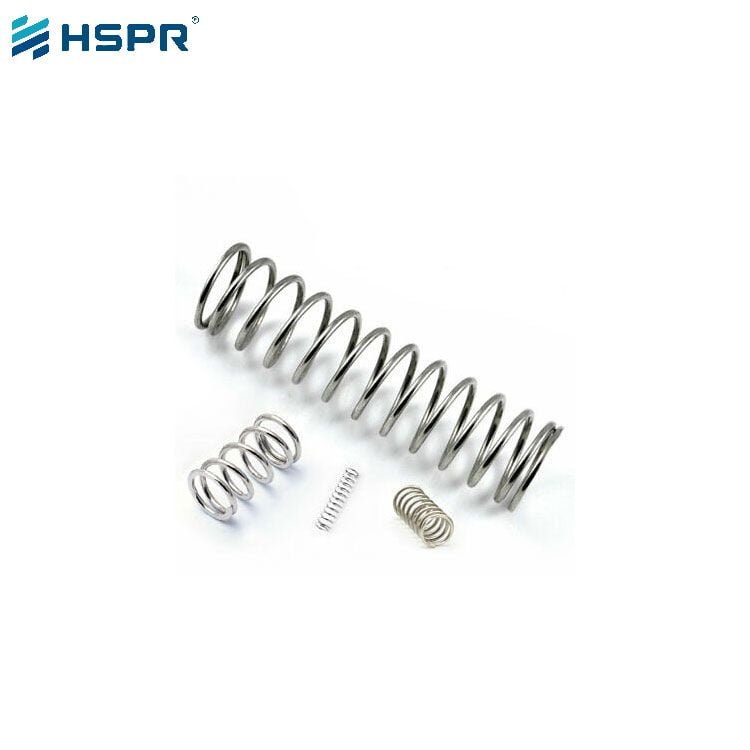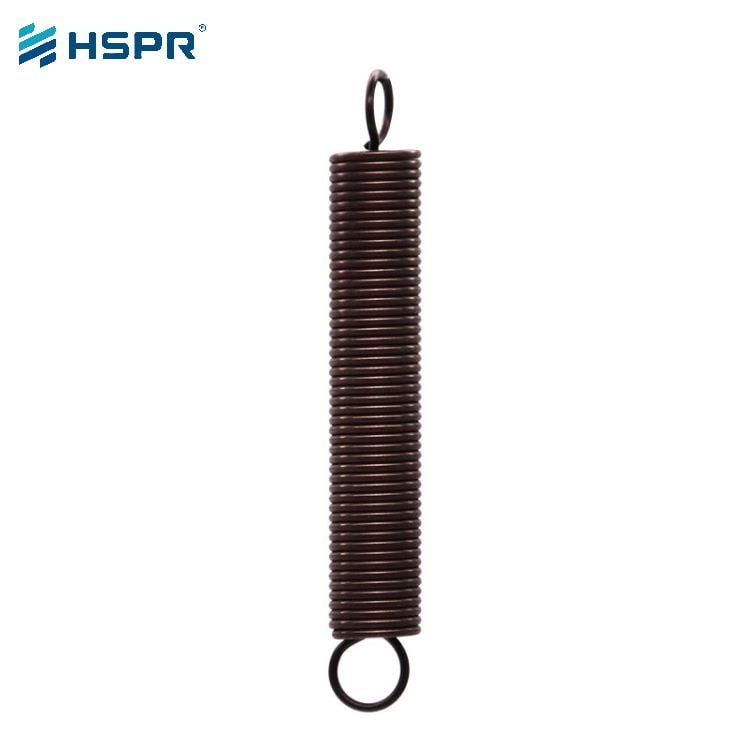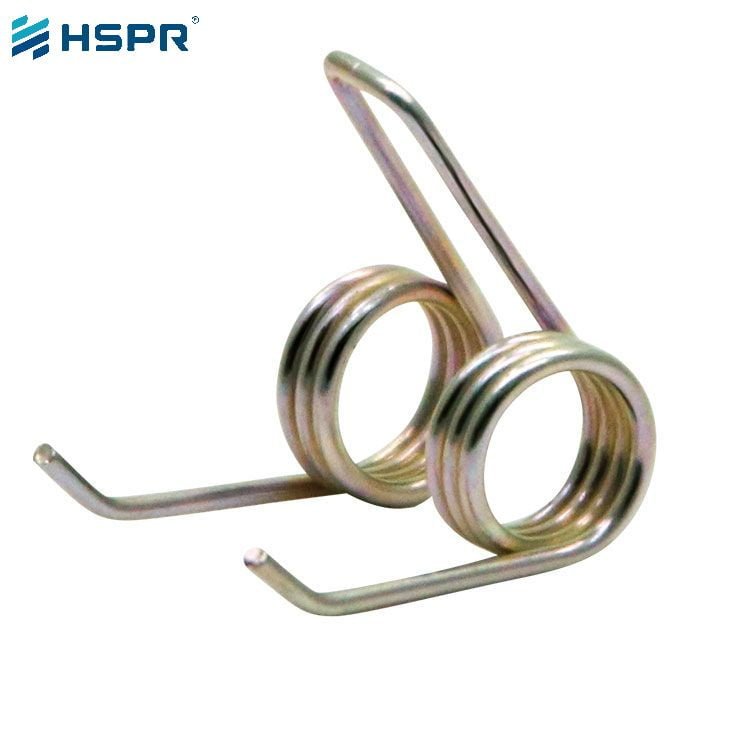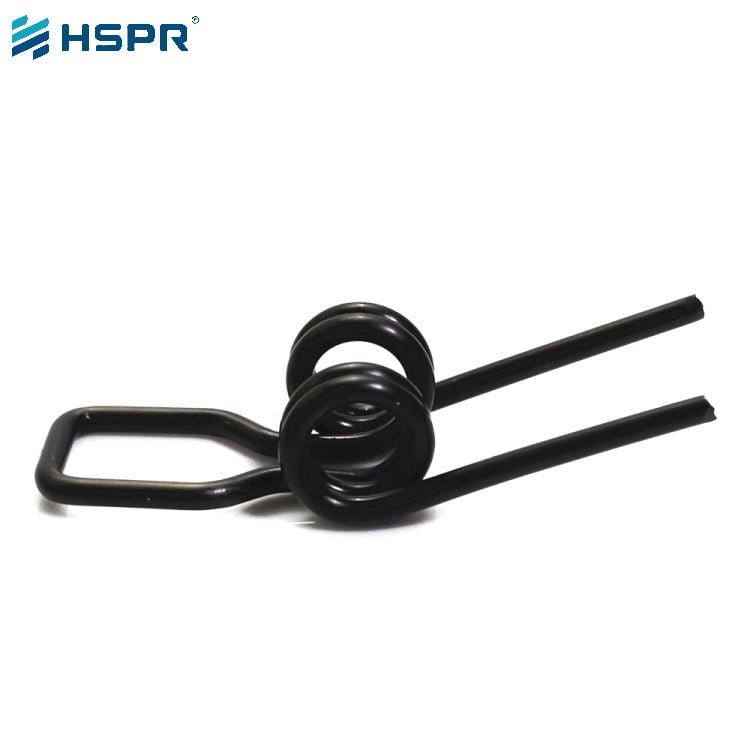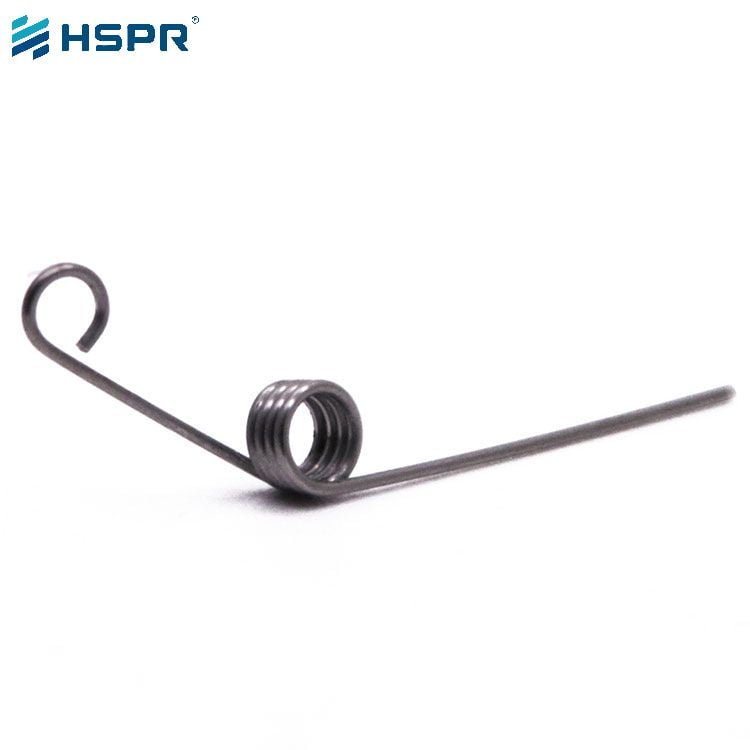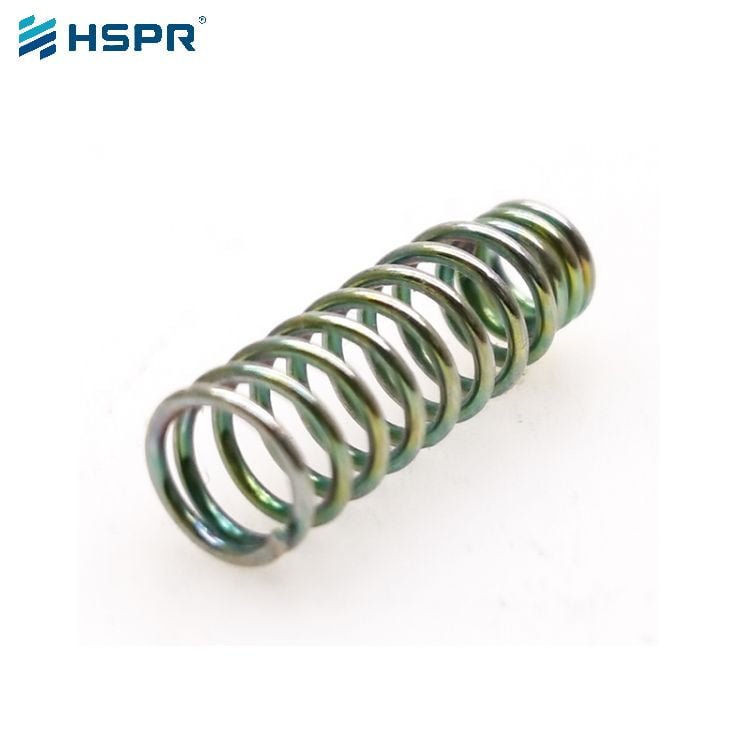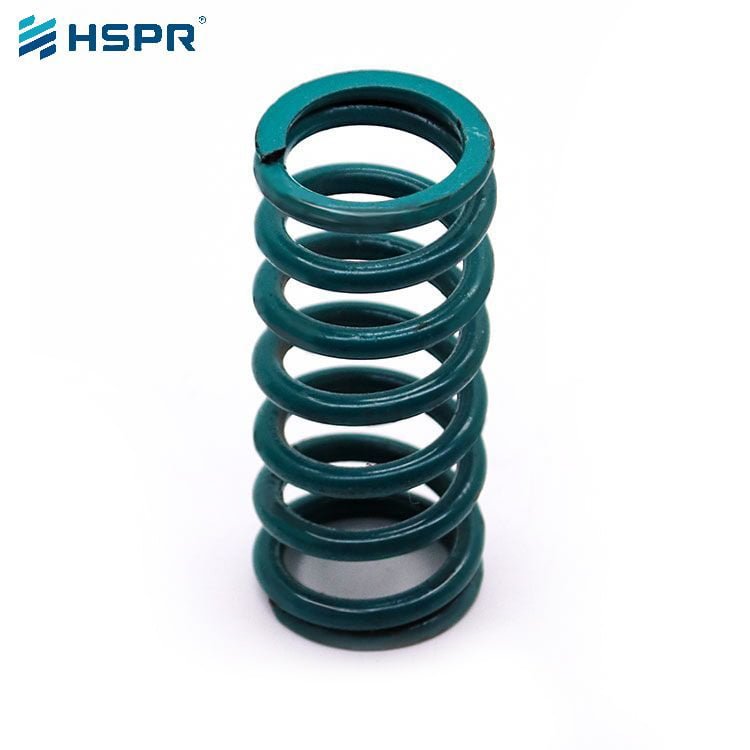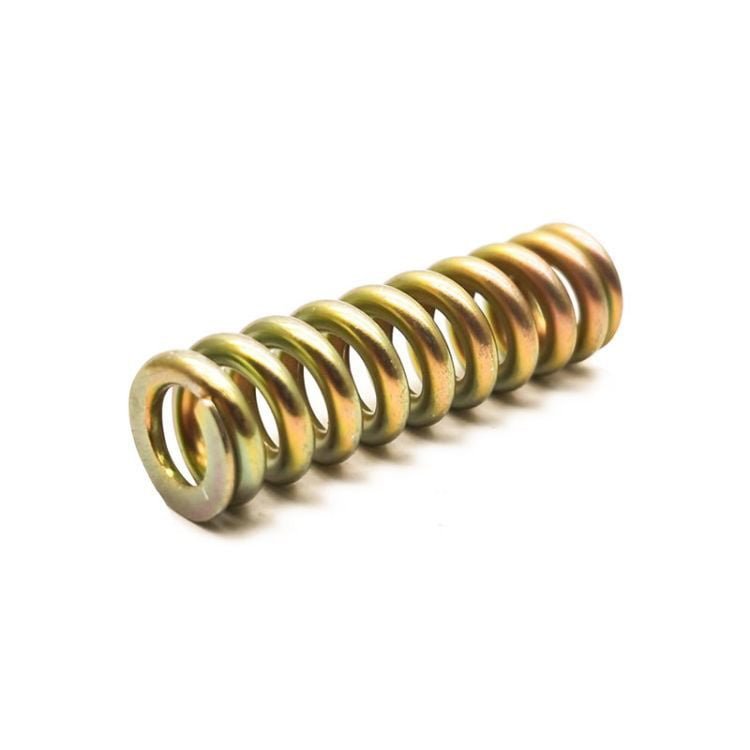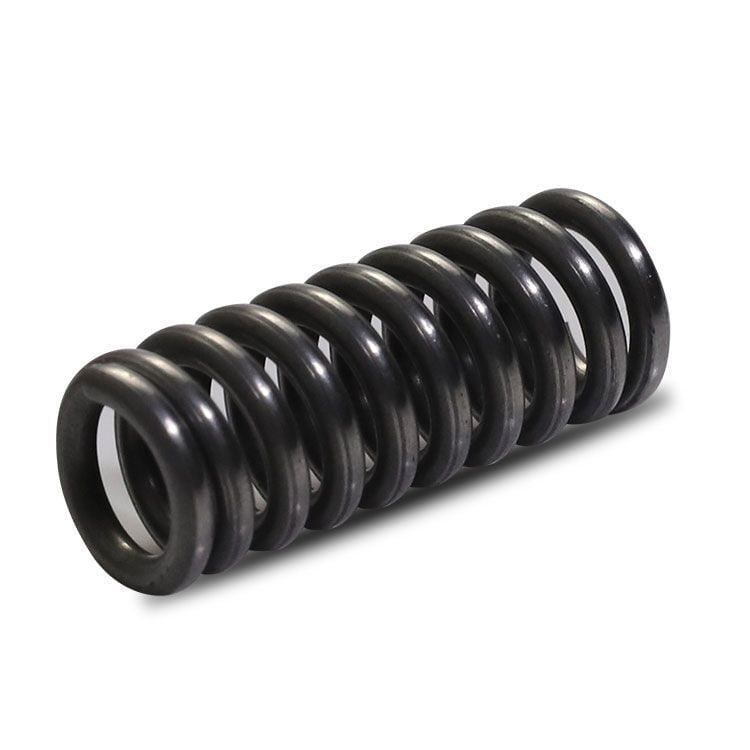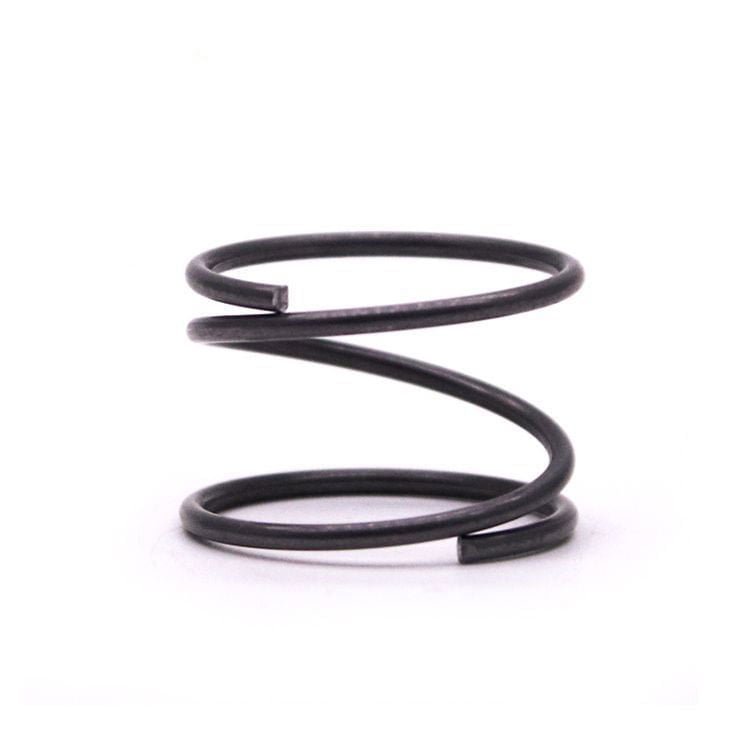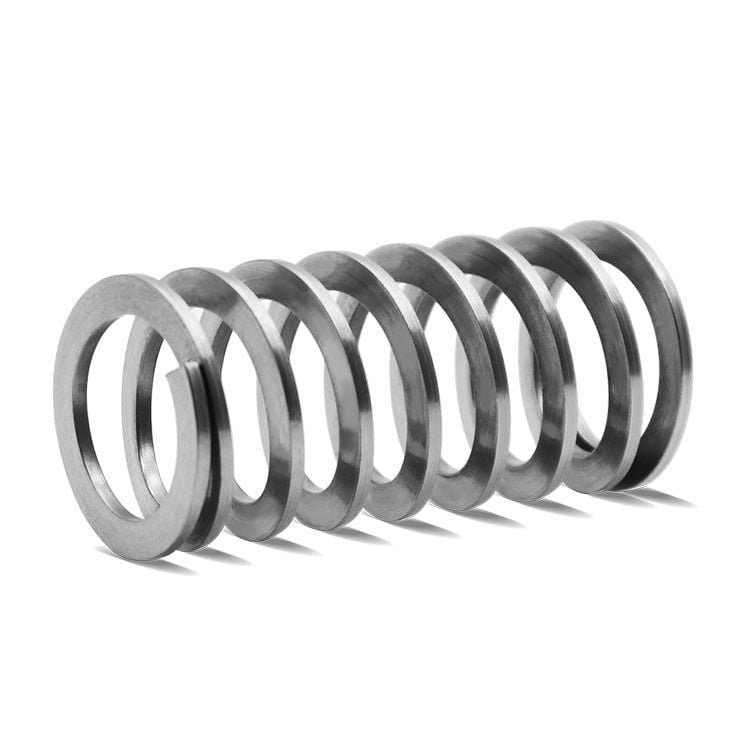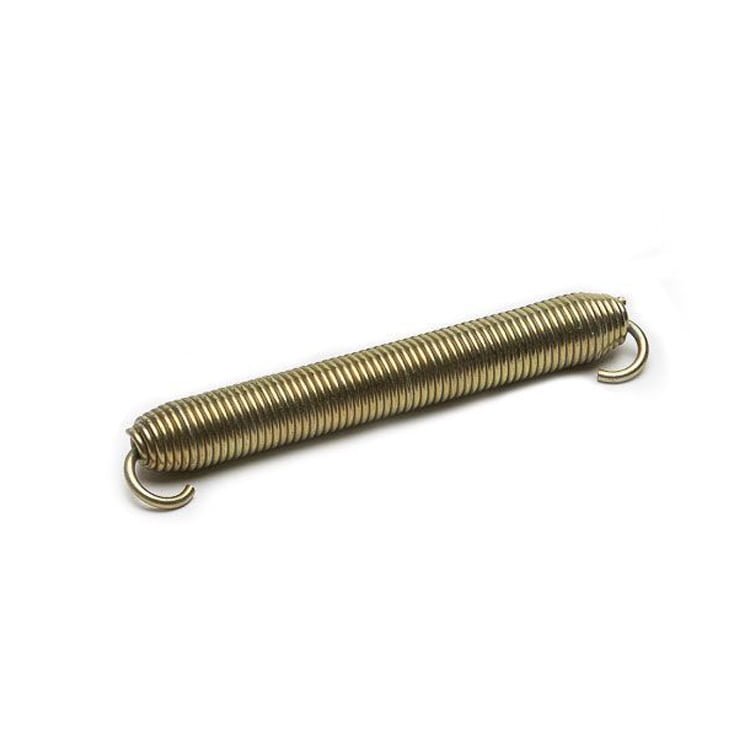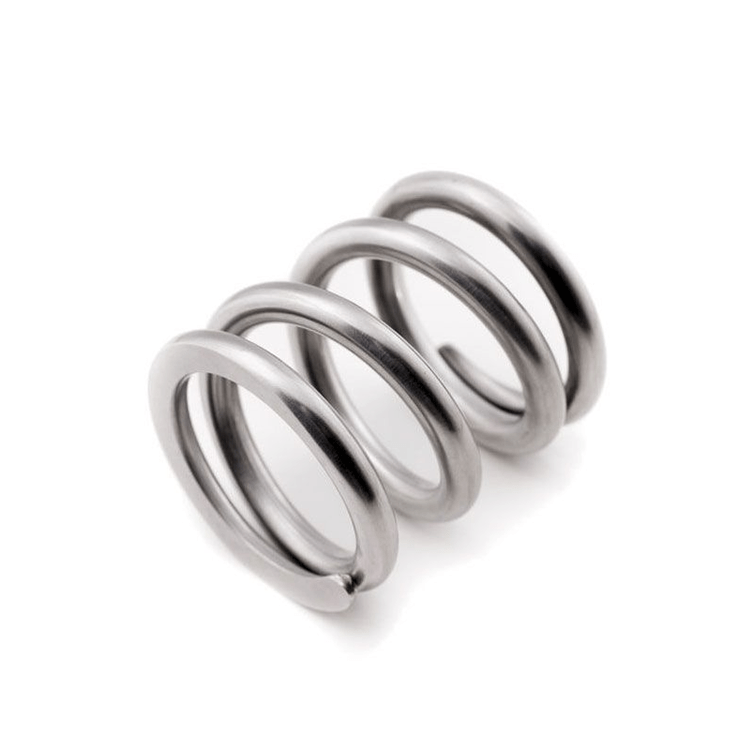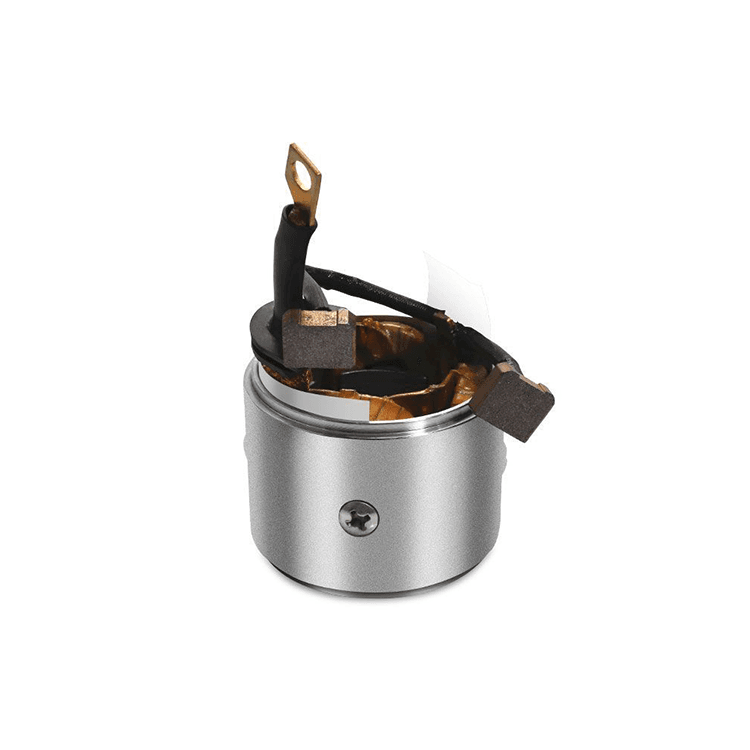Types of helical springs
The types of helical springs, coil spring is one of the most widely used springs on the market, and it is more common in many industry applications. It finds coil springs in consumer goods, machinery, trains and other vehicles, and industrial equipment. Coil springs were key to the industrial revolution and still play an important role in almost every industry today.

The name of the helical spring derives from the helical structure – helical shape, with a tangent line and a constant Angle of the fixed shaft. The spiral winding line of the helical spring has a constant coil diameter and a uniform pitch. Helical springs are essentially elastic coils, they are formed from a metal wire merely wound into a cylinder, and their design properties allow them to absorb, hold, and release force or energy between two surfaces. Functionally, this springs has been widely used in the vast majority of applications.
The types of helical springs is important
On the basis of helical springs, many different types of helical springs have been designed to adapt to various applications. One of the most common questions when deciding which coil spring is appropriate for a particular application is the type of load the spring is expected to carry. You need to determine the right type of spring for the job, as a quality spring supplier, we understand the difference between various coil springs and their best application areas, so that your spring can work reliably.
Types of helical springs:
- Compression springs: One of the most popular coil springs, designed to resist the forces applied during compression, they are open rolled and come in a variety of different shapes, including: cone, drip, barrel. Compression springs are capable of acting as a buffer between two objects, absorbing the energy of the load in applications where linear compression resistance is required, and they can be prevented in holes or on rods and shafts.
- Tensile spring: tensile spring is also called tensile spring. They have tightly wound coils with loops or hooks at the ends that attach them to individual objects. When an external force pulls on the spring and creates tension, mechanical energy is consumed. The further the spring is stretched by an external force, the more energy is required to bring the spring and its connected parts back to their resting position.
- Torsion springs: Much like compression springs, torsion springs can also store energy; However, this is stored by torsion. A torsion spring exerts a force equal to the applied force when twisting, but in the opposite direction.
Depending on the types of helical springs, where can it be used?
Depending on the type of helical spring, the application of helical spring is very wide. Compression springs can be used in small products such as ballpoint pens, electrical switches and push-button operating devices. They are also commonly used in large furniture such as sofas, armchairs and mattresses. Although we can’t see them, they are trying to make us feel comfortable. You’ll also find that the same types of helical springs plays an important role in vehicle suspensions, valves, and medical equipment.
Stretch springs are widely used in the energy, agriculture, aerospace and railway industries. Stretching springs are found in car interiors and exteriors, agricultural machinery, garage doors, medical stretchers, and operating lights. A simple way to understand how a stretch spring works is to look at a trampoline, which uses tension to make it elastic.
Typical examples of torsion springs are door hinges of various sizes, from home doors to car doors, garage doors, all the way to industrial heavy duty elevated doors in warehouses. You’ll also find tiny torque springs in clothespins, mechanical watches, clipboards, and mousetraps.
There are many types of helical springs, which are widely used because of their simplicity and functionality, and are suitable for various uses from household daily supplies to industrial applications. The durability and accuracy of coil springs, combined with their reliability as a store of mechanical energy, means that coil springs are an integral part of our modern world.
